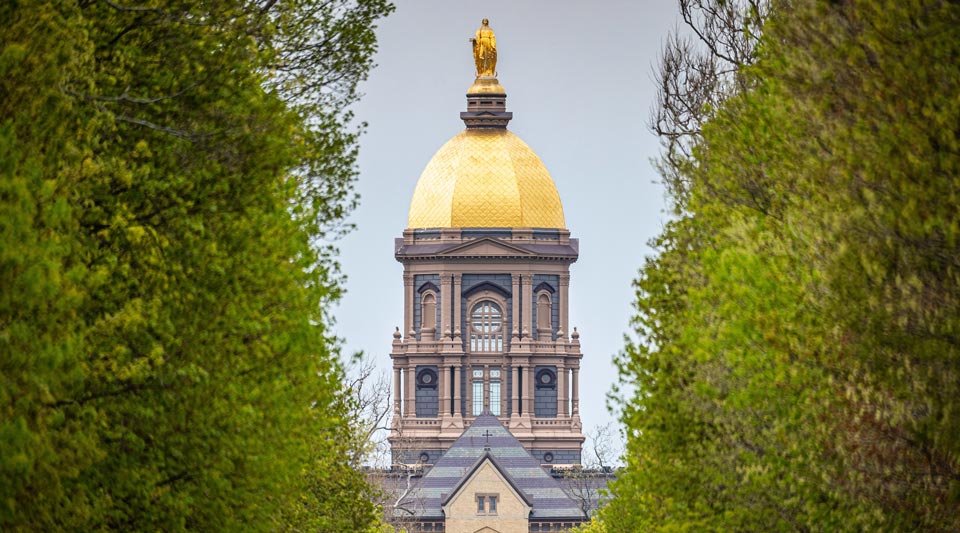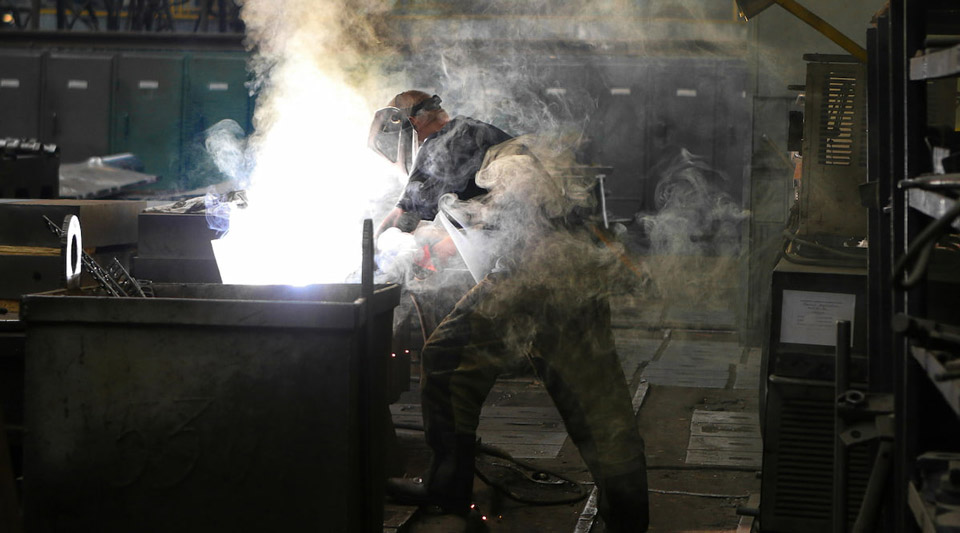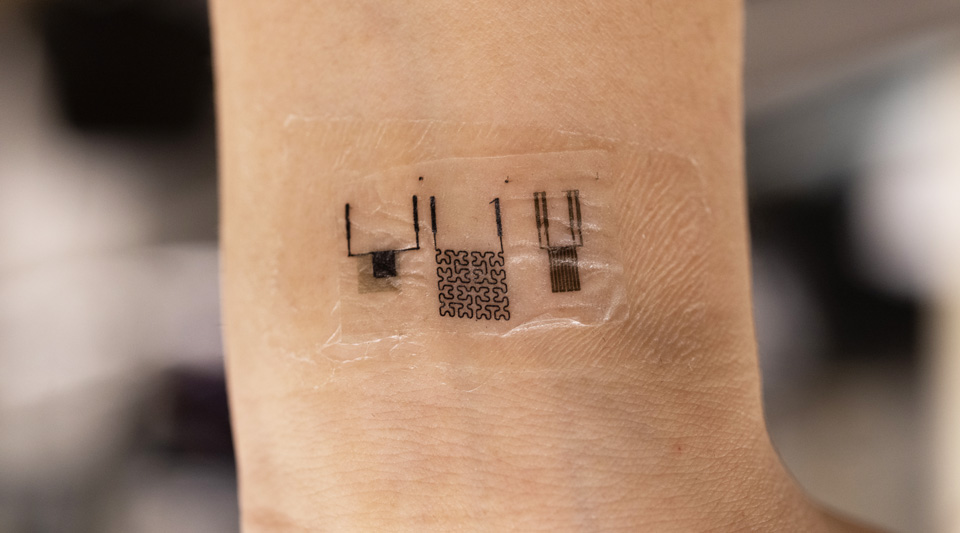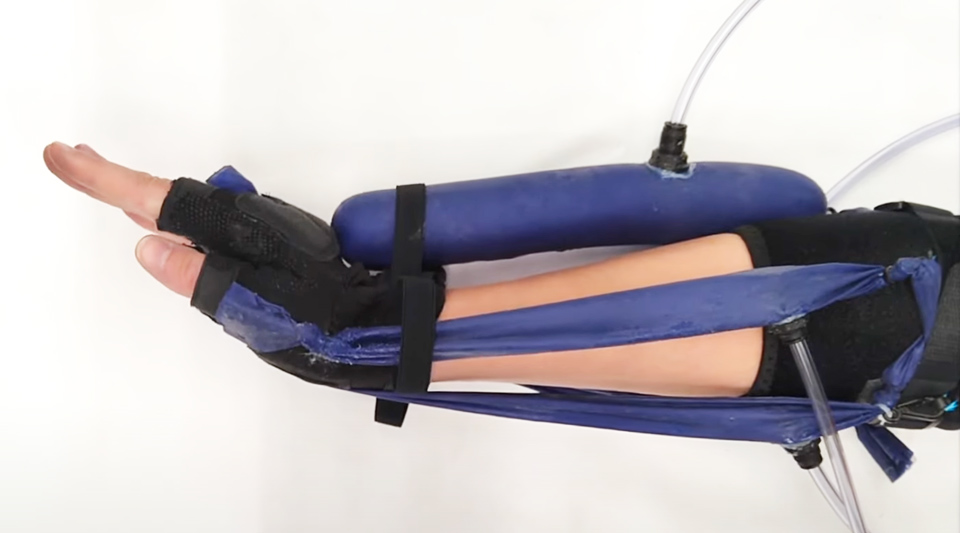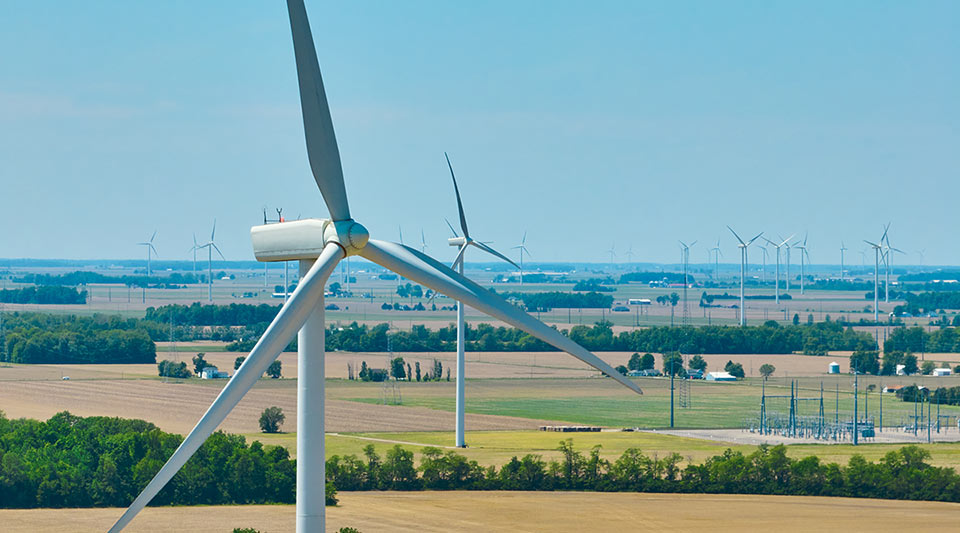
Airborne disease detection made easier with new, low-cost device
Airborne hazardous chemicals can be dilute, mobile, and hard to trap. Yet accurately measuring these chemicals is critical in protecting human health and the environment. Now, a new, small, low-cost device, nicknamed ABLE, could make the collection and detection of airborne hazards much …
